3 Different Ways Realtors can Add MLS Listings to their Website
Displaying your listings on your website is key to showcase your experience and success as a real estate agent. Think of it this way: imagine if a photographer had a website but never displayed their work or photos. It would seem quite strange, right? It might even make you wonder if you can trust them or if they’re actually skilled at what they do. Similarly, as a real estate agent, displaying your listings on your website is a way to demonstrate your expertise, build credibility, and attract potential clients who are actively looking for properties like the ones you have listed.

IDX for Real Estate Websites
What is IDX for real estate?
IDX, which stands for Internet Data Exchange, is like an online tool specifically for real estate agents and brokers. It allows them to show properties from their MLS onto their own websites. So, when you visit a real estate website, you can easily search for homes, see pictures, learn about prices and features, and even contact the agent for more details or to arrange a visit. It’s a way for agents to share their own and other agent’s listings.
How to get the IDX feature?
You’ll need to research and contact an IDX vendor. A vendor is a business who has the approval and license from the MLS to distribute the data to you through their API. In simpler terms, they have the rights to sell you the code or widget to integrate onto your website for a monthly fee.
How to implement the IDX feature to your website?
If you’re not the tech savvy kind, some IDX vendors will offer the service to add on the feature for an additional fee. But for the most part, they’ll provide you with a code snippet, in which you can apply directly to your website just by copying and pasting. To manage the look and feel of the design of the IDX feature, you may have to edit that on the vendor’s dashboard.
How much does IDX cost?
Prices are always going up, but in 2024, the average monthly fee to add IDX to your real estate website is between $80-$150 per month. With a set-up fee of around $100.
Here’s a Secret
Some MLS organizations, from varying states, will actually provide the code for free! You’ll just have to reach out to your MLS and ask. You can then add the code yourself, or forward it to your web developer to implement it onto your site. Saving you a life-time of monthly fees.

STATIC Listings for Real Estate Websites
What are static property listings?
To understand this, we’ll first go over what static means. In web design, “static” refers to content that doesn’t change or update automatically. Think of it as flat or fixed images and text. So what you design on the back-end, is what you’ll get on the front-end. It won’t change unless you update or move the design elements. It’s the opposite of dynamic content, which we’ll cover in the next section.
Who benefits from static listings?
Static real estate listings are great for new agents who are just beginning to build their portfolio and have only a few properties to showcase. It’s also ideal if you’re looking to avoid ongoing monthly fees. Plus, if you love the idea of customizing your page to make it look just right, static listings give you the freedom to control the design and vibe of your listings to your heart’s content!
What website platform can I use to display static real estate listings?
- Squarespace
- Wix
- WordPress
- Showit
- GoDaddy
- And more
Here’s an example of how flexible it can be to design and showcase listings on your site.
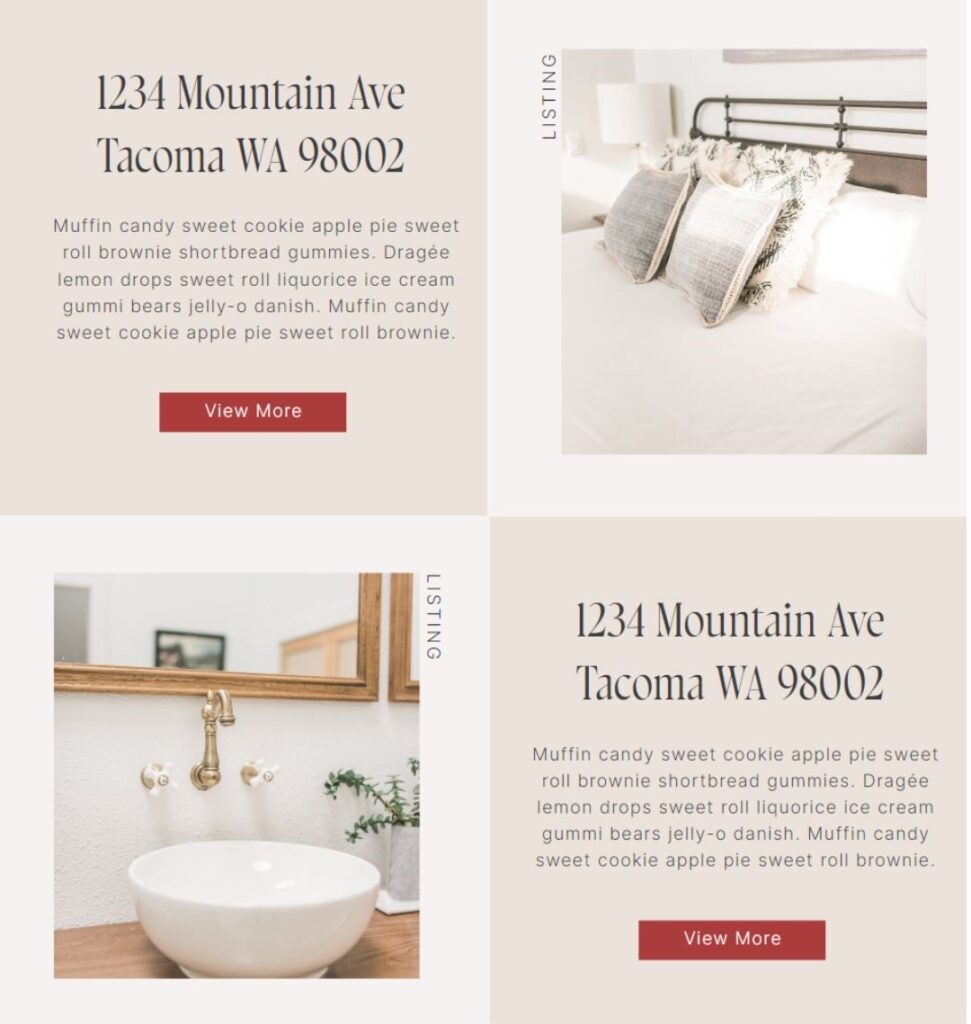


How to add static property listings to my real estate site?
The steps to add property listings can vary based on your website’s platform, but don’t worry, the process is quite similar for most of them! First, collect all the important info about the properties you want to showcase, like photos, descriptions, price, location, size, the number of bedrooms and bathrooms, and any special features. Next up, set up a new page on your site—I recommend you title it, “Listings”. Choose a nice layout that fits your style and start popping in the details. When everything looks just right, hit that “publish” or “live” button to share your listings with the world!

DYNAMIC Listings for Real Estate Websites
What are dynamic property listings?
Dynamic in web development means, pages or elements change based on user input. This is an easier way to add new listings to your website without having to tweak every pixel. It allows you to set up your design template in advance, and when you add a new listing or update property detail, then, it will display in the front-end to the public.
Who benefits from dynamic listings?
Dynamic property listings are a real hit for agents who want to be efficient with their time and budget. Here’s how it works: we set up a neat design template for you, and on the back end, we add a form with fields like “bedroom,” “bathroom,” “square footage,” and more. All you need to do is copy and paste the information from your MLS or Zillow into these fields. In just a minute or two, voilà, your new listing is live and ready to attract your market! Agents absolutely adore this feature because it lets them add endless listings without extra hassle, plus they get all the SEO perks to boost their online presence.
Here is an example:
Let’s change the number of bedrooms
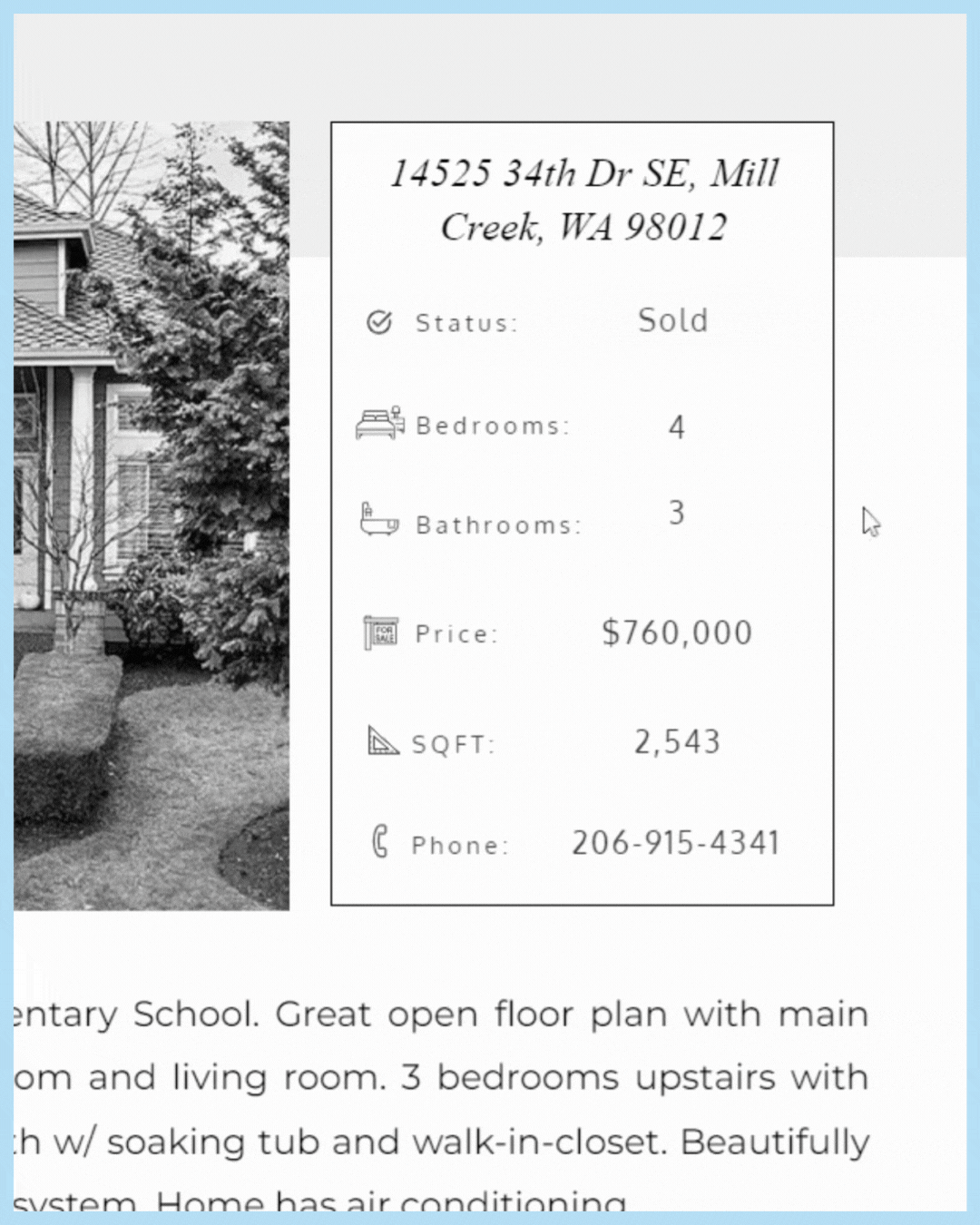
Update the number on the back-end or admin dashboard
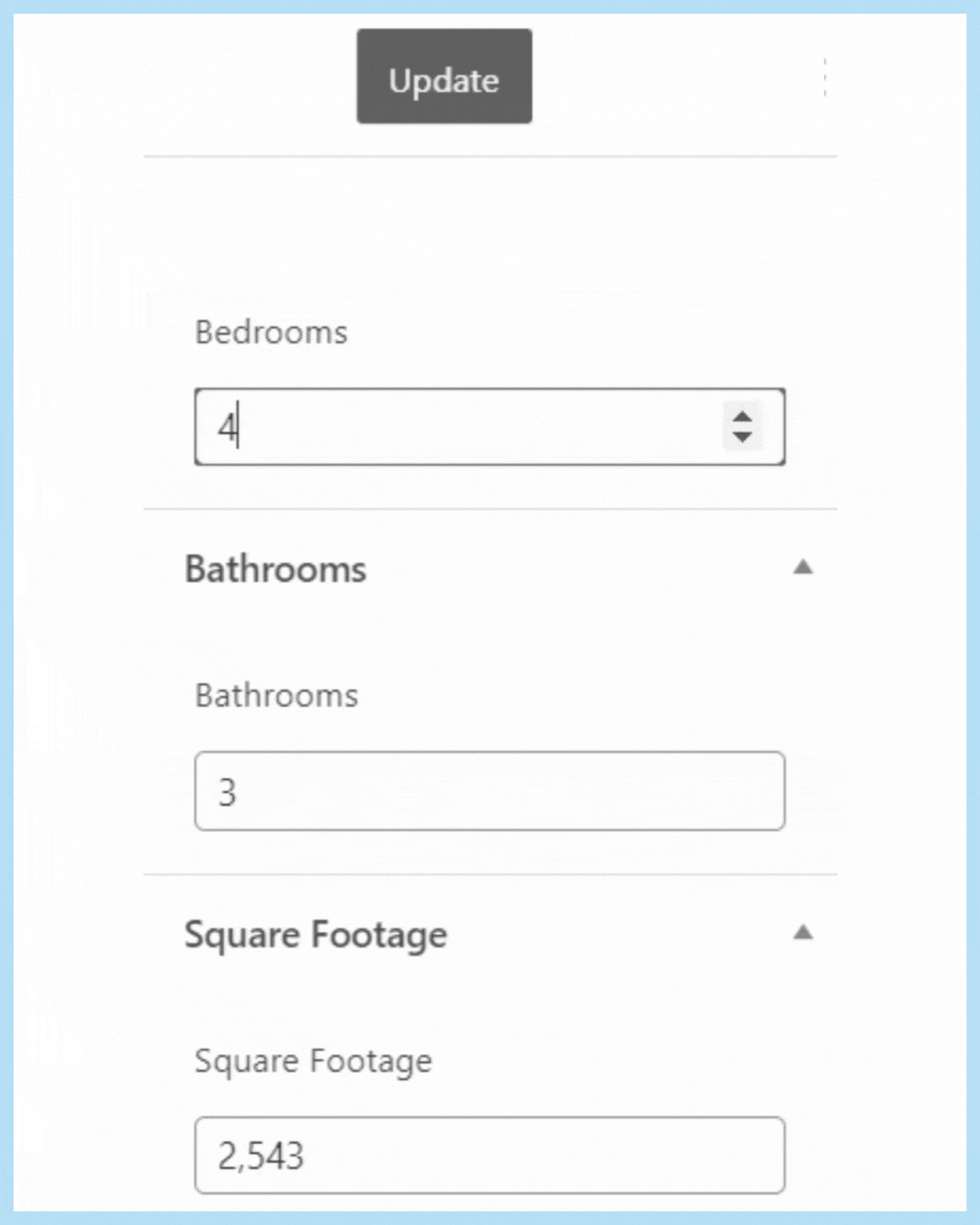
Refresh the website to reflect the new number of bedrooms
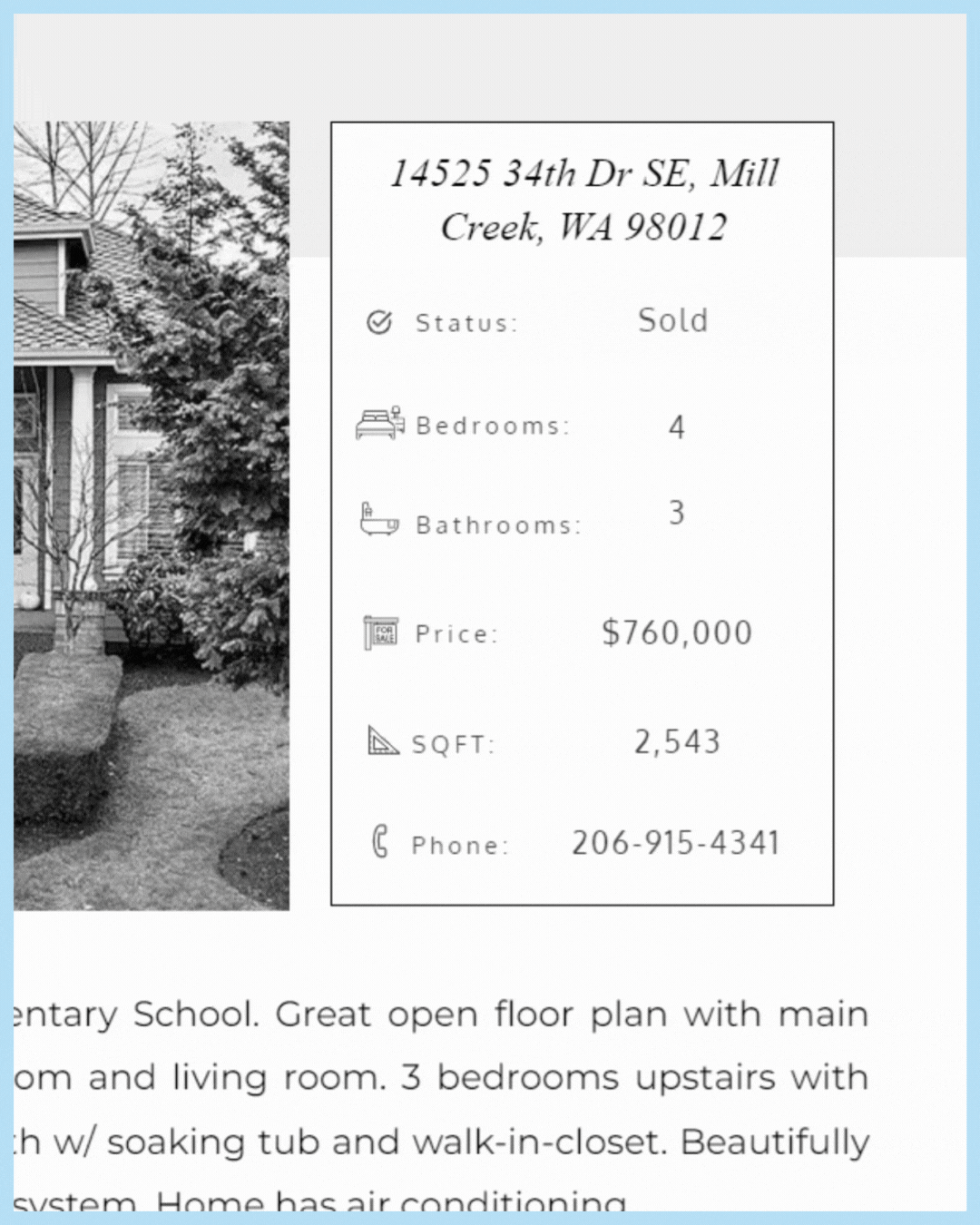
it’s that easy!
What website platform can I use to display dynamic real estate listings?
- Squarespace
- Wix
- WordPress
- Showit
- GoDaddy
- And more
How to add dynamic property listings to my real estate site?
Incorporating dynamic functionality into your listings can depend on your website’s platform and your coding skills. If coding isn’t your thing, no worries! There are apps out there that can add this feature for you, often with a small monthly fee that’s typically less expensive than an IDX plugin. And if you’re not up for tackling the techy bits yourself, consider hiring a web developer. They can sort it all out for a one-time fee, making your life a whole lot easier!
TO SUMMARIZE:
IDX: Easy to use but costs a monthly fee, and you can’t change the design much.
Static: More work for you because you do it by hand, but it’s free and you can design it your way.
Dynamic: Not too much work, just a one-time payment, and you get full design freedom.
When you’re just starting out, static listings are the easiest route to take. But when you’re ready to streamline things and make updates simpler, getting in touch with a web developer can be a game-changer. The most important thing is to have your listings on your site because it’s like your digital showroom. Highlighting your skills and wins. The key is to get your properties out there for everyone to see.
Have a question about web design or SEO for real estate? Shoot me a message and I’ll get back to you.
How to Add Listings to Your Real Estate Website
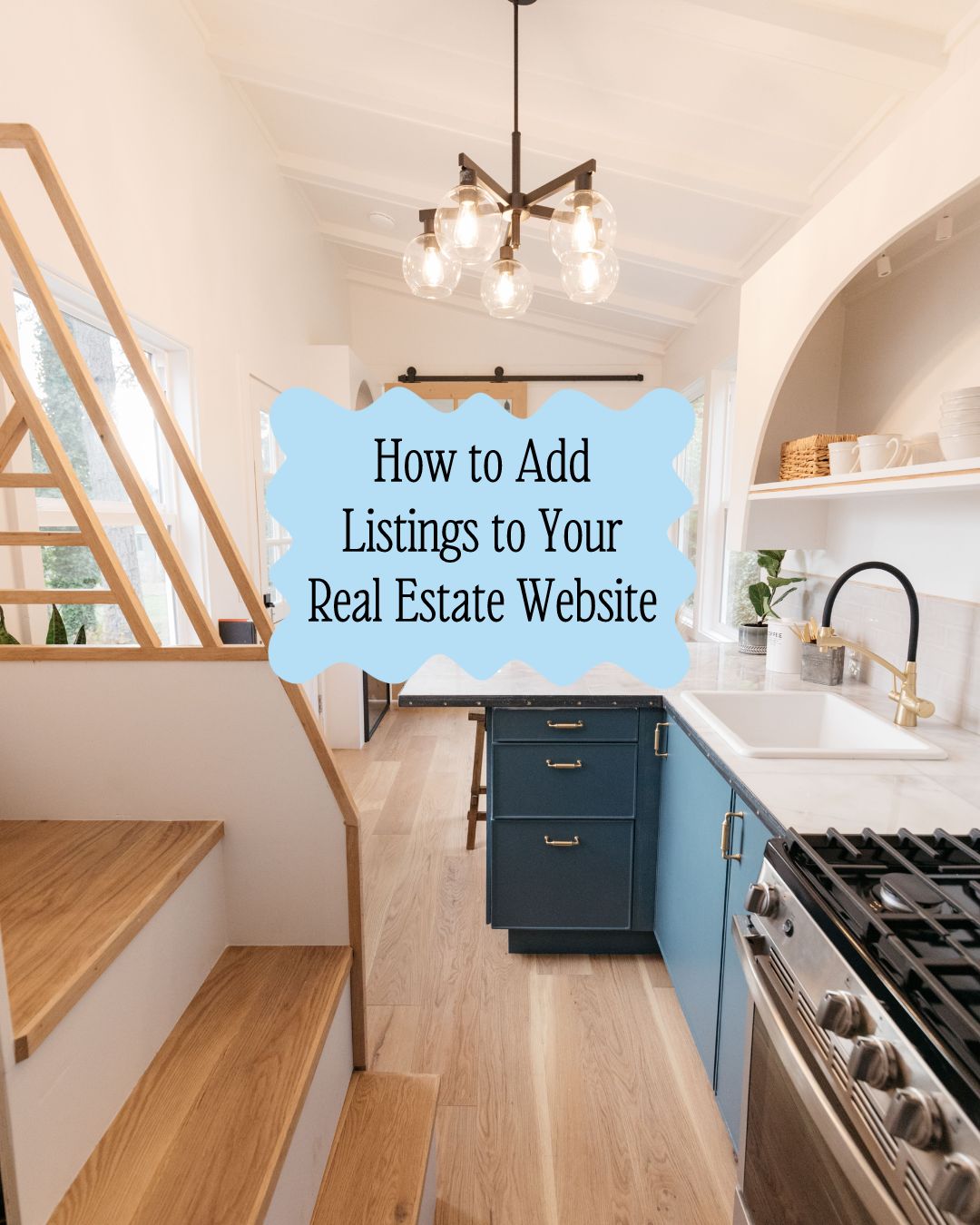
Meet Your Web Designer & SEO strategist
CONNECT
JOIN
March 22, 2024
Learn to generate and capture real estate leads with SEO and a strategic Website Design.
I'm giving you the keys to a better website. Subscribe to receive all of the tips.
E-mail Neighbors
Learn how to turn online searches into sold signs. Join the Neighbor Newsletter where you'll receive strategies, inspo, and content you can share with your own audience.
E-mail Neighbors
Learn how to turn online searches into sold signs. Join the Neighbor Newsletter where you'll receive strategies, inspo, and content you can share with your own audience.
Kreative Kat Co is a Web Design & SEO Company with a laser focus on Real Estate Agents & Realtors.
Home
SEO SErvices
Web Design
Blog
About
portfolio